
Welcome back, Readers! On Tuesday, we woke up to sunshine and warmer weather after a night of rougher seas. On Tuesday and Wednesday, I had training. These classes were a mix of classroom time where we learned about Engine Room machinery and equipment and hands on learning and assessments where we were tested on certain engineering practical skills. Throughout this cruise sophomore engineering students will be studding and tested on systems in the engine room. Most of these tests are one on one with a teacher where the cadet will walk the teacher though an entire system and explain it and answer any questions from the teacher. Other tests on cruise are written essay style assessments or ones where you must draw out an entire system on paper which is called a pipping and instrumentation diagram or P&ID for short. Every day on cruise, you will see cadets studying and taking these assessments in the Engine Room.
The weather has been getting nicer and the water continues to get bluer. Wednesday morning brought even warmer temperatures and more sunshine. On these beautiful days you can find cadets relaxing outside on the Helo Deck, which is a large open space outside with benches and our basketball hoop. On the Helo Deck cadets enjoy playing basketball, listening to music, and sunbathing. On Wednesday, I made it out on to the Helo Deck to relax during our time in between classes. While I was out there, I saw countless whales coming up for air and even flying fish! These flying fish would jump out of the ocean and they would extend their wings and glide over 50 feet over the water. No mater how many times I see this it still is cool to watch. Also, on the stern of the ship on Wednesday a cadet caught a marlin fish. At night at sea, you can go out on deck and see the most amazing stars that just light up the night’s sky, because in the middle of the ocean there
are no lights, so you are able to see many more stars than you could on land.
Those who read my last blog know about sea legs and how they take a couple of days to get. Well, I can report that I have gotten mine. The ship is still rolling but you no longer really notice it and walking is much more nature and stable. Your body learns to adapt to the seas movement by having a wider stance when standing and when you are walking you won’t even notice it, but your body is at an angle from the ground, so you don’t fall over. When you sit at the end of a hallway, you can really see this angle changing as the ship rolls back and forth. When people walk down the hallway, their bodies will naturally lean one way, then slowly move and lean the other way while walking. Also, your inner ear which does your body’s balance gets used to the new movement. This causes people to get seasick much less. The way I think of sea sickness is, when the ship is rolling and your inside it doesn’t look like it is rolling so your eyes are telling your brain one thing, but your inner ear is telling your brain, “Woah! We’re rolling!” It is very similar to getting carsick when you are a passenger in a car.
On Thursday night, we changed our clocks by an hour because we have entered a new time zone.
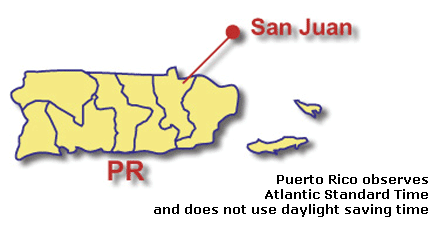
Also, on Thursday morning, I had my first Engine Room watch. Before I can go into what Engine Room watch consists of, I will try and give you an idea of what it is like to be inside the Engine Room. When you open a door into the Engine Room, you are immediately faced with a wall of heat that will instantly make you drip sweat, and noises so loud you must always wear hearing protection. All around you in the Engine Room, there are hot carrying steam that you want to make sure not to touch. The stairs in the Engine Room, which we call ladders, are very steep stairs that you must be careful going down and try and not hit your head on the deck above. Speaking of hitting my head, in the Engine Room, I hit my head on just about everything being 6 feet
4 inches tall. The top of my hardhat is very scratched up. Everyone in the Engine Room must have a long sleeve boilersuit (work overalls), hardhat, hearing protection, flashlight, knife, eye protection, tools, gloves, pad of paper, and pens and pencils with them. Our pockets are very full and that’s not even everything we bring down with us. Whenever we are in the Engine Room safety is our number one priority, so we are always assessing the risks and trying to reduce them.
What’s in the Engine Room?
Despite it being called the engine room the space houses a lot more than just the “engine” of the TS Kennedy. Coming up throughout Sea Term I go into some of the different systems housed inside the Engine Room. Think of the TS Kennedy like a floating city, everything that a city needs on land we also need. This includes things like electricity generation, fresh water to drink and shower with, refrigeration and freezers for our food, and even a sewage treatment plant to handle all our wastewater. While we do all those things the engine room still houses the “engine” which makes the TS Kennedy move through the water. I know the readers of this blog encompass all ages from elementary school to my old neighbor Matt back home in Maryland who keeps asking me to blog about the engine room so I will, but I will keep everything very simple so Matt can understand.
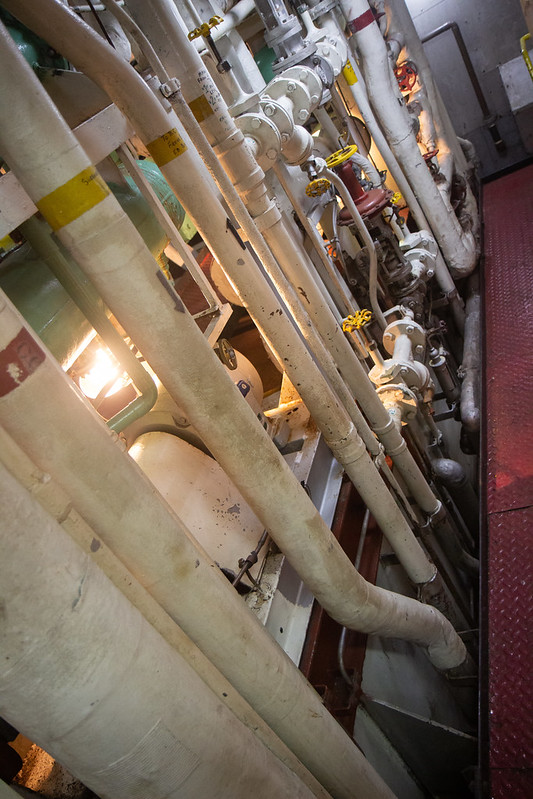
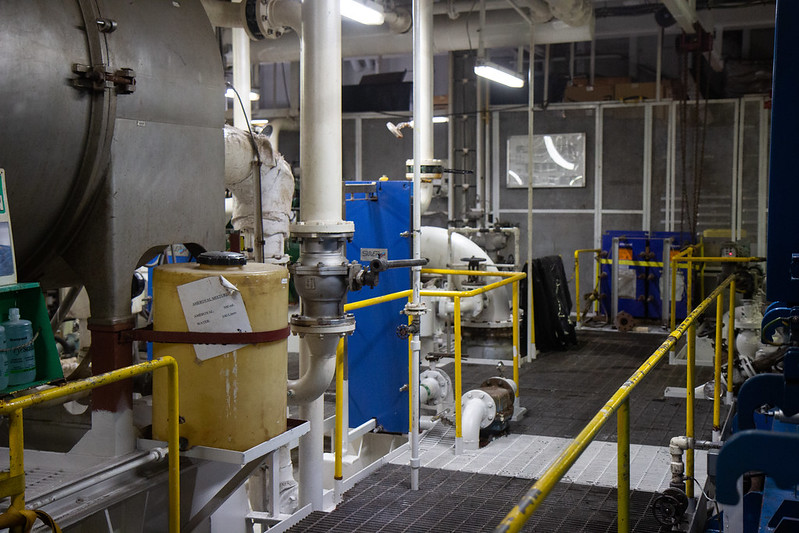
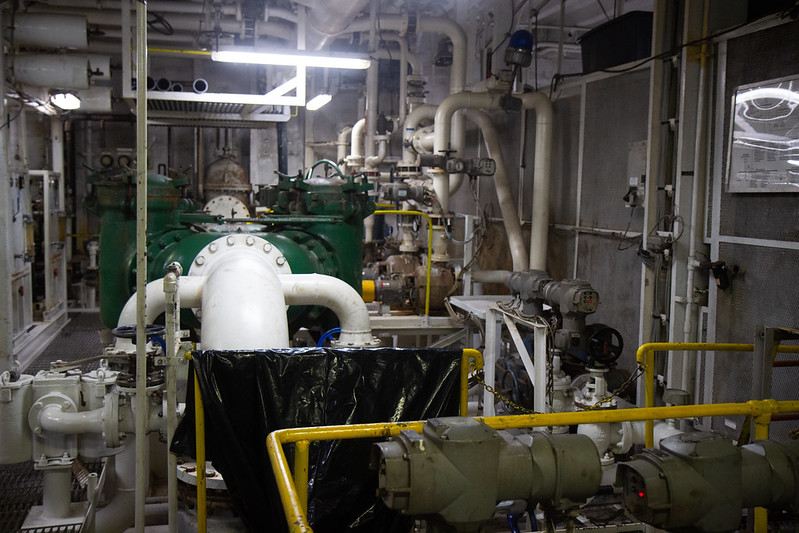
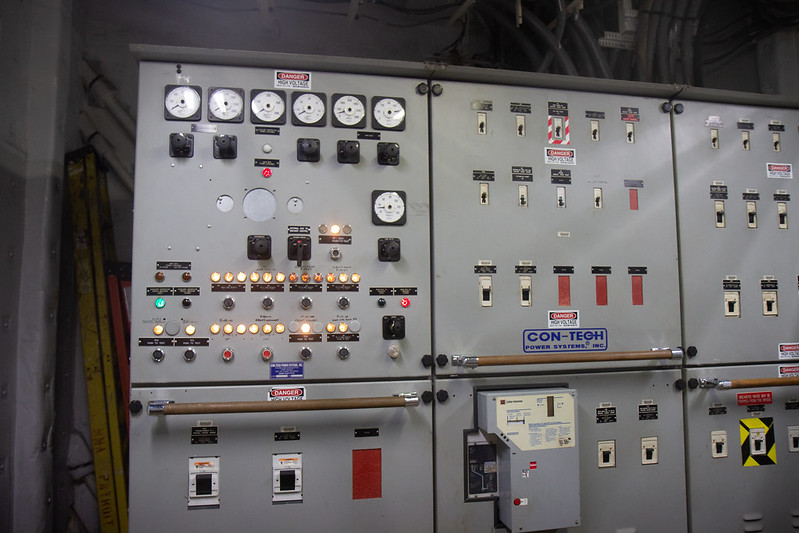
What’s Coming Up?
On Friday, Saturday, and Sunday I will be on Engine Room watch from 0800-1200, 1700-1730, and 2000-2400 every day. Then on Monday, I am back to maintenance. This weekend we will be doing anchoring drills while I am in the Engine Room.
McArthur, I so appreciate your detailed blogs. Our students and teachers are LOVING them.
Welcome, neighbor Matt! I am glad that you are motivating McArthur to tell us all about the Engine Room. We are glad that you are enjoying Follow The Voyage-Share The Experience too!